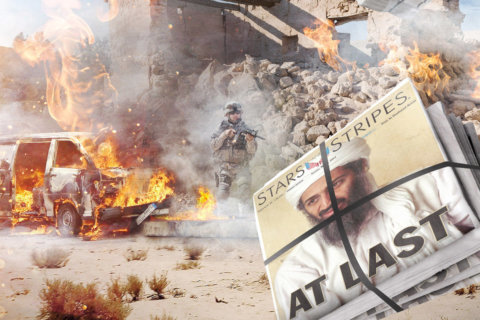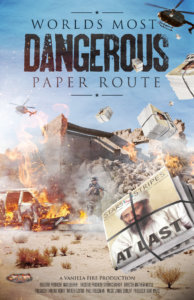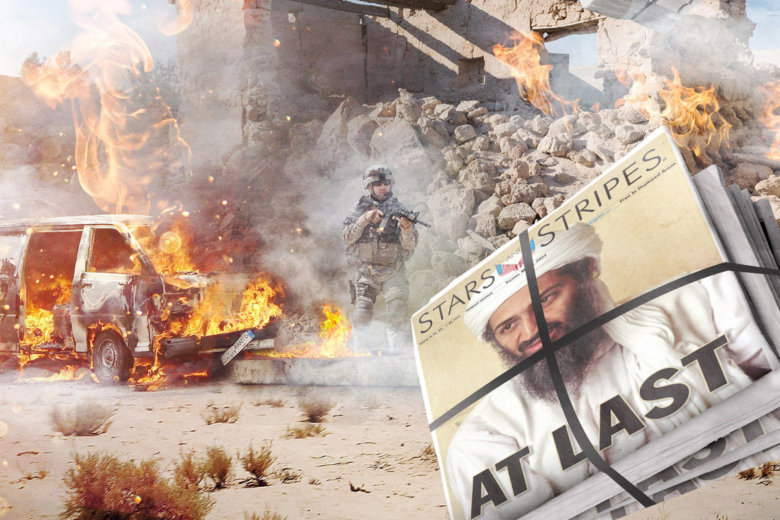WASHINGTON — At 9:45 a.m. every day, a DHL plane lands at Bagram Airfield in Afghanistan. In the middle of a war zone, where food, clothing and other key wartime necessities are in-demand, this flight is dedicated to delivering the news to U.S. troops.

It’s a treacherous practice steeped in history. The first Stars and Stripes was produced by Union soldiers during the Civil War in 1861, but only lasted for four editions. It was revived during World War I, but ceased after the war ended. It was again revived during World War II and has continued publishing to present day.
But this paper route is not for the faint of heart.
“It is the world’s most dangerous paper route,” said film producer Steven Barber. “Stars and Stripes have been delivering the paper downrange in combat zones for almost 100 years,”
Barber spent nine days in Afghanistan recently, filming a movie about the herculean effort to make sure U.S. troops can keep up with the news from home, even in the most remote and dangerous combat zones.
“Local nationals deliver the papers,” said Barber, and he pointed out delivering them could cost them their lives.

“Four drivers have been killed in the last 12 years. It’s really that serious.”
Stars and Stripes, according to its website, maintains news bureaus around the world, including Europe, the Pacific and the Middle East to provide firsthand reporting on events.
“It’s a really important conduit to America. Right now, we still have 10,000 troops in Afghanistan. They don’t have wireless over there. There’s an app for Stars and Stripes, but they can’t really get it,” Barber said.
Stars and Stripes publisher Max Lederer told WTOP that it’s important for troops “to understand what’s going on in our culture, in our government and in our processes. It’s also important to understand what’s going on in their military community.”
The paper, printed at 14 hubs globally, is delivered to 38 countries. The delivery process varies in different countries.
In some cases, Lederer said, “the edition is digitally transmitted to a printer, who then prints it out and drives it to the military bases.” In other cases, the paper is printed in another country and flown in for delivery.
In 2017, Stars and Stripes delivered more than 7 million editions, printed and distributed over 4.1 million special publications in the U.S. and overseas, and deliver more than a half-million digital editions, averaging about 1,500 per day.
Barber’s film for Vanilla Fire Productions is expected to be ready later this year.






